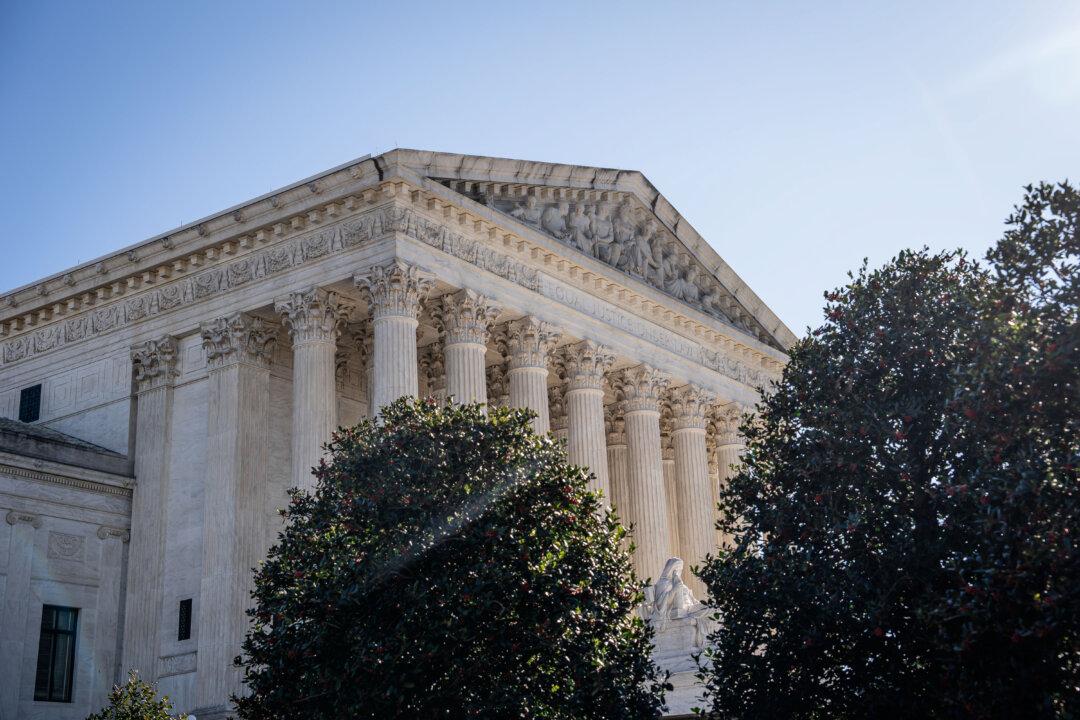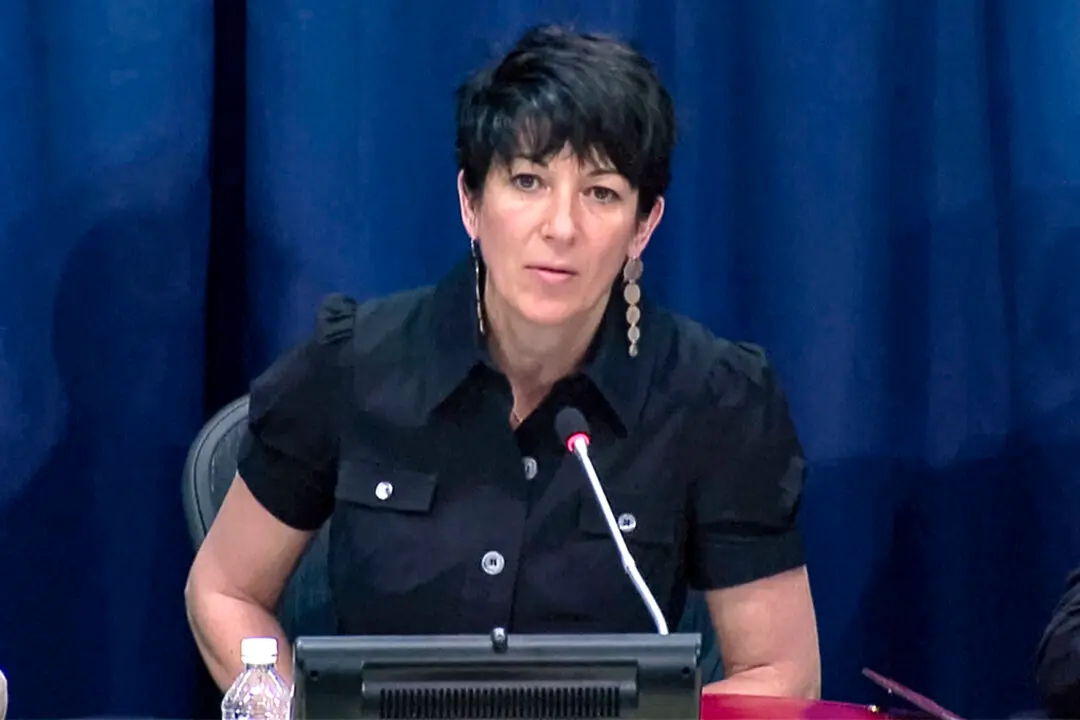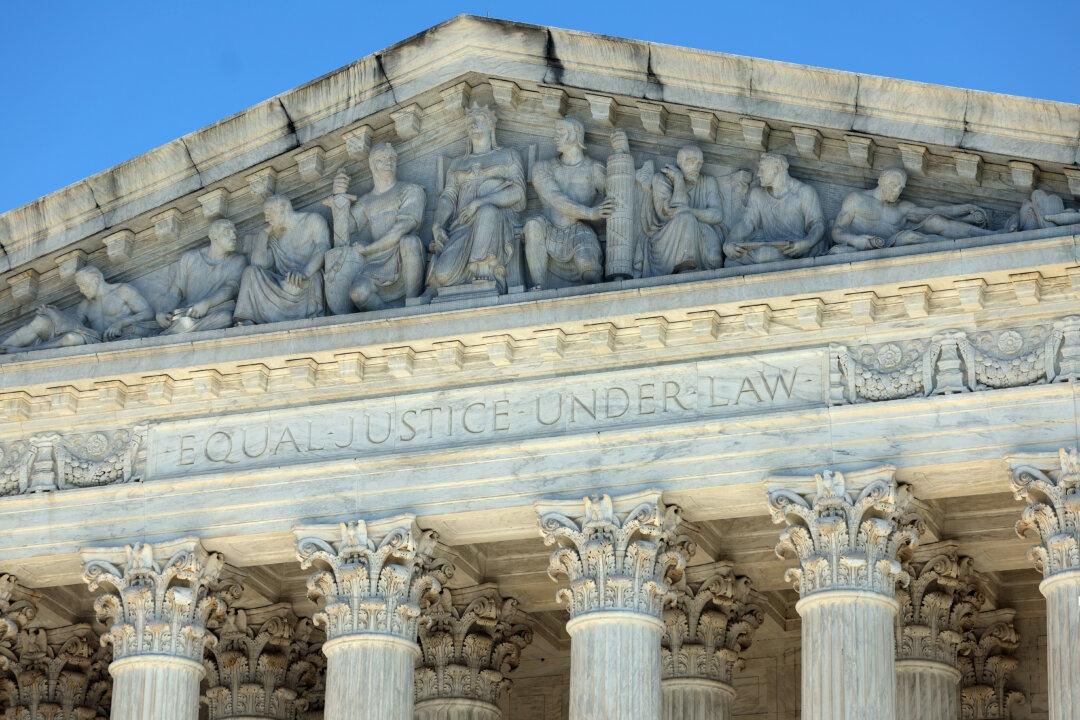The U.S. Supreme Court agreed on Dec. 13 to decide whether it would revive a lawsuit filed by energy companies over California’s tough vehicle emissions standards.
In April, the U.S. Court of Appeals for the District of Columbia Circuit ruled in an earlier iteration of the case that California had authority to regulate tailpipe emissions.
That court held that the energy companies bringing the legal action could not demonstrate that they had legal standing to sue; they couldn’t show a strong enough connection to the claim to justify their participation in the lawsuit.
The lead petitioner, Diamond Alternative Energy, is a subsidiary of Valero Energy Corp.
Other petitioners include the American Fuel and Petrochemical Manufacturers, Clean Fuels Development Coalition, Domestic Energy Producers Alliance, and Energy Marketers of America, as well as several agriculture industry organizations.
California’s policy stances are influential, and several states have already adopted its regulatory framework for automobiles. California says its policies are needed to fight climate change by driving down demand for liquid fuel.
The petition said California is mandating “100 percent electric vehicles by 2036” and that this policy has the effect of “forcing electrification of the country’s vehicle fleet.”
The state’s goal is supported by the EPA and the National Highway Traffic Safety Administration, whose emissions and fuel economy standards “impose de facto electric-vehicle mandates in violation of their governing statutes,” the petition added.
The companies say it is a problem that the federal Clean Air Act allows a single state—California—to establish emissions rules for vehicles. To make its own rules, California has to be granted a federal waiver from the act’s requirements.
President-elect Donald Trump, who will be inaugurated on Jan. 20, 2025, has said he will block California’s ability to enforce its own vehicle emissions rules in the state. In 2019, his administration revoked California’s waiver that allowed the state to impose strict emissions standards.
The revocation of the Clean Air Act waiver was challenged in court. In its April ruling, the D.C. Circuit held that the energy companies failed to establish redressability, a key element of standing. Redressability is the ability of the courts to give a party the relief it is seeking if it wins its case.
Separately, in 2022, the EPA under President Joe Biden allowed California to require car companies to sell new cars that generate less pollution, including a mandate providing that a proportion of all cars sold in the state be hybrid or electric. Other states are also following this California policy.
In their Dec. 13 ruling, the justices agreed only to look at the redressability aspect of standing in the case.
Specifically, the court will examine whether the parties “may establish the redressability component” of legal standing “by relying on the coercive and predictable effects of regulation on third parties.”
Companies Say California Acts as ‘Junior-Varsity EPA’
In its petition, the energy companies criticized the regulatory independence that the Clean Air Act gives the Golden State.The companies argue that it is the EPA’s current position that the federal statute allows California “to operate as a quasi-federal regulator on global climate change.”
“There are serious constitutional concerns with a statute that allows only California to act as a junior-varsity EPA,” the petition said.
Moreover, “the question whether California may set greenhouse-gas emission standards for itself and other States is undeniably major,” the document continued.
The EPA previously asked the Supreme Court to reject the petition.
For example, as the circuit court noted, the petitioners did not “produce any form of evidence indicating that automakers would change their conduct in response to a judicial ruling in petitioners’ favor.”
“Congress has enacted laws that treat certain States differently since the founding,” it said.
Here, Congress allowed “California to craft alternative emission standards in certain circumstances in recognition of that State’s experience regulating air pollution and its special pollution challenges,” the brief said.
The court has not yet scheduled oral arguments in the case, but if they take place early in the new year, a decision is expected to follow by June 2025.







